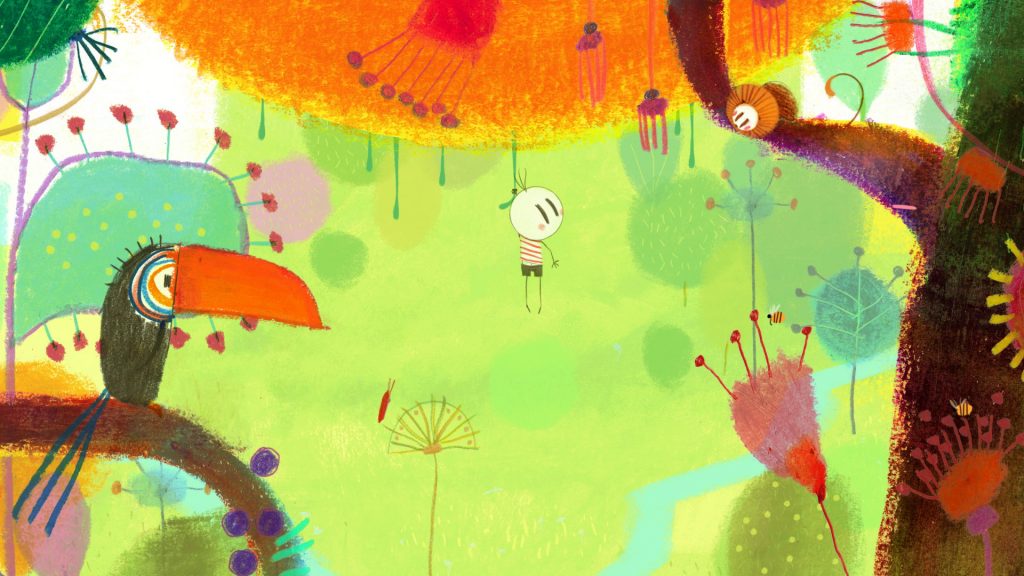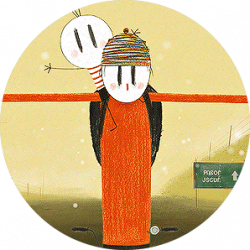The application and creation of lighting montages in 3D animation
Research objectives
The primary purpose of this study is to explore the application of continuous light and shadow in 3D animation design. The use of light and shadow is essential in people’s 3D animation creation, and most of the current research tends to focus on the role of light and shadow in static images while lacking attention to light and shadow changes and contrast effects in continuous images. Based on the theory of camera succession (successive contrast means: “The human eye’s perception and evaluation of a specific light or darkness are often changed by the stimulus of the previous picture. For example, a brighter picture appears brighter after a darker picture.”) (Xu et al., 2005) In my research, I hope to fully recognise and understand the changing visual representation of light and shadow and its laws and to explore the application of light and shadow representation in continuous images and changes in light and shadow in the same shot in contemporary 3D animation design, which I refer to as light and shadow montage.
Scope and context of the study
The objectives of the project are divided into three main areas (1) to investigate the visual metaphors and design ideas of continuously changing light and shadow in 3D animation based on the best contemporary 3D animated films and shorts, and to fully understand the applicable rules of both; (2) to analyse and evaluate the potential of future applications of light and shadow in animation with illustrative examples. (3) Based on the first two parts, conceptualise and create a work with an in-depth interpretation that provides new ideas for the application of light and shadow in animation design. The aim is to turn continuous light and shadow into a new aesthetic idea in 3D animation by analysing and evaluating the potential of its application and expression in animation design.
As one of the key elements of artistic expression in film and television, light and shadow is a highly expressive artistic language. In contemporary animated video works, the scope of light should not be limited to showing the time and space where the story takes place, shaping the character’s personality, and enriching the structural layers of the picture (Katatikarn and Tanzillo, 2016), but should also be richer in visual metaphors and aesthetic expressions. The aesthetic fatigue brought about by traditional forms of artistic expression has forced artists to seek new ways of expression in order to break out of the confines of tradition from a new perspective, and the constant iteration of 3D software has provided the conditions for the construction of continuously changing light and shadow in animation. Light and shadow are not only widely used in film and television but are also increasingly valued in other fields for their unique advantages. The effects of light and shadow are diverse and have unique artistic effects in animation design, which can bring different visual effects and convey different aesthetic ideas and perceptions (Cao, 2015). Through the study of light and shadow elements, the visual effect of continuously changing light and shadow is applied in animation design, so that light and shadow can form a unique visual language and significantly improve the expressive power of animation art. The continuous progress of technology, it makes light and shadow in animation design more creative and possible, providing new vitality for the future development of 3D animation as well as VR.
References List:
Kataikarn, J. & Tanzillo, M. (2016). Lighting for Animation: The Art of Visual Storytelling, New York: Routledge, pp. 13-265.
Cao, Y. (2015) ‘ An analysis of the application of colour in animated films ‘, Art Education Research, 18(9), pp. 77-79.
Xu, N, M., Fu, L., Cui, J, Y., (1986) Film Art Dictionary. Reprint. Beijing: China Film Press, 2005.
Lanier, L. (2018). Aesthetic 3D Lighting: History, Theory, and Application. Routledge.
Li, S. (2022). Visual Communication of Light in 3D Film and Television Animation. In International Conference on Cognitive based Information Processing and Applications (CIPA 2021) (pp. 79-85). Springer, Singapore.

